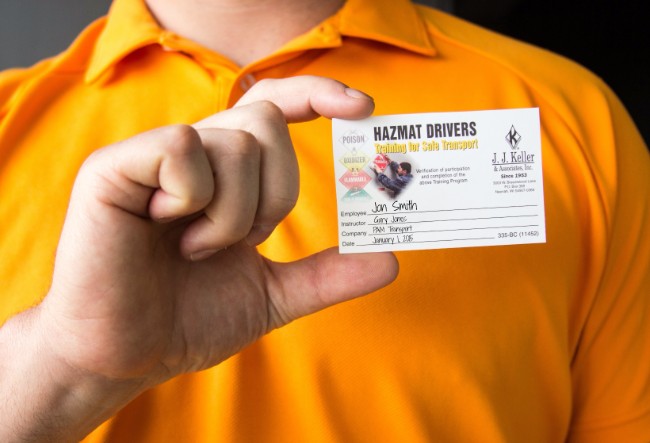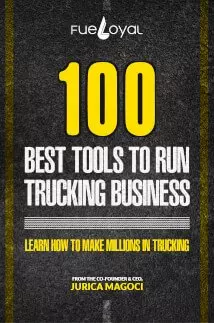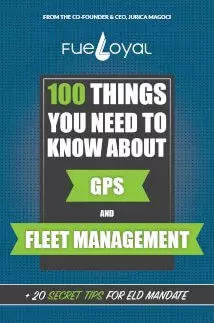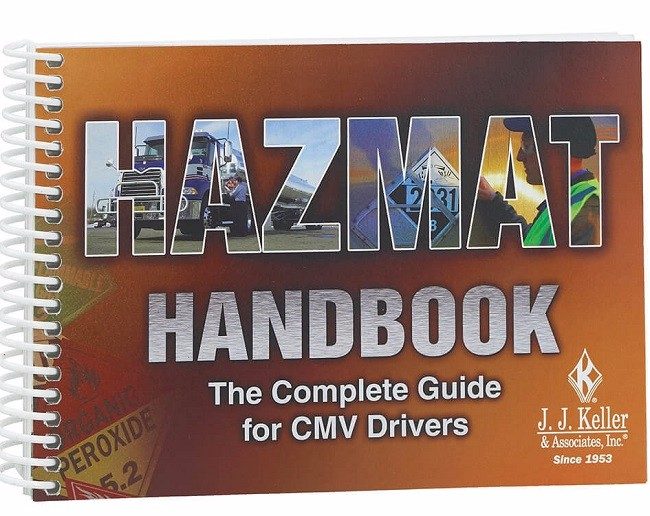
Hazardous materials or more commonly called hazmat is anything that can be a danger to the environment, people, animals, and the surrounding areas. Wow, that sounds fairly broad, don’t it? The International Air Transport Association (IATA) basically defines it as such.
The Department of Transportation (DOT) tends to go into more detail. They have it broken up into 9 classifications. These are:
- The class 9 – Miscellaneous;
- Class 8 – Corrosive;
- The class 7 – Radioactive;
- Class 6 – Poison (toxic) and poison inhalation hazard;
- The class 5 – Oxidizer and organic peroxide;
- Class 4 – Flammable solid, spontaneously combustible, and dangerous when wet;
- The class 3 – Flammable liquid and combustible liquid;
- Class 2 – Gases;
- The class 1 – Explosives;
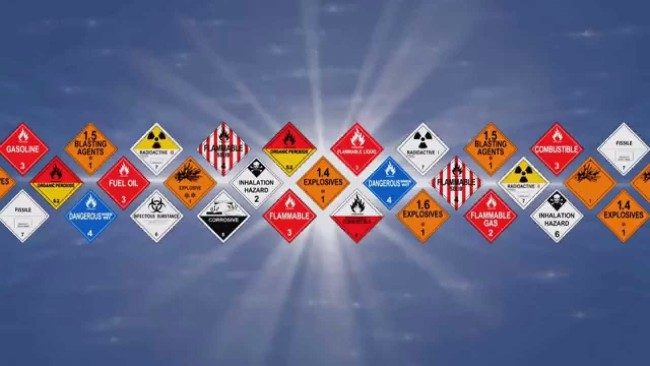
Keep in mind, improper handling and storing of hazmat is very serious! Now, if that is not a good enough reason to take your hazmat materials test serious, then how about some added incentive. Not only does the government say you must handle it properly they are very strict in their enforcement of the regulations.
How so?
